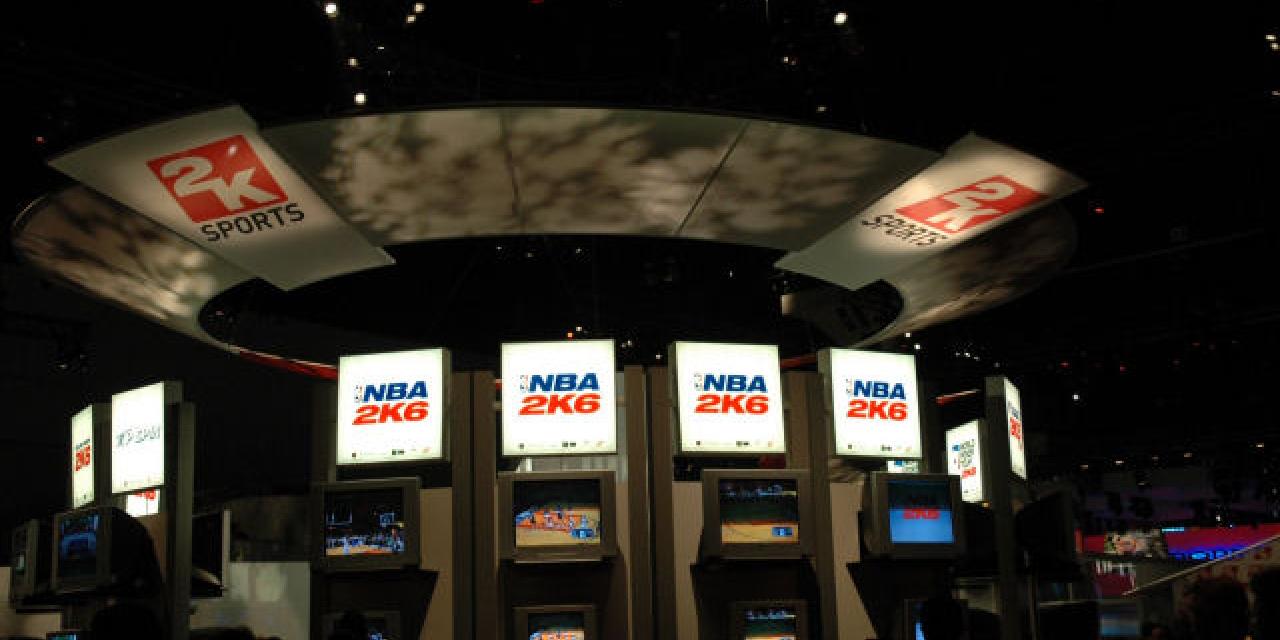
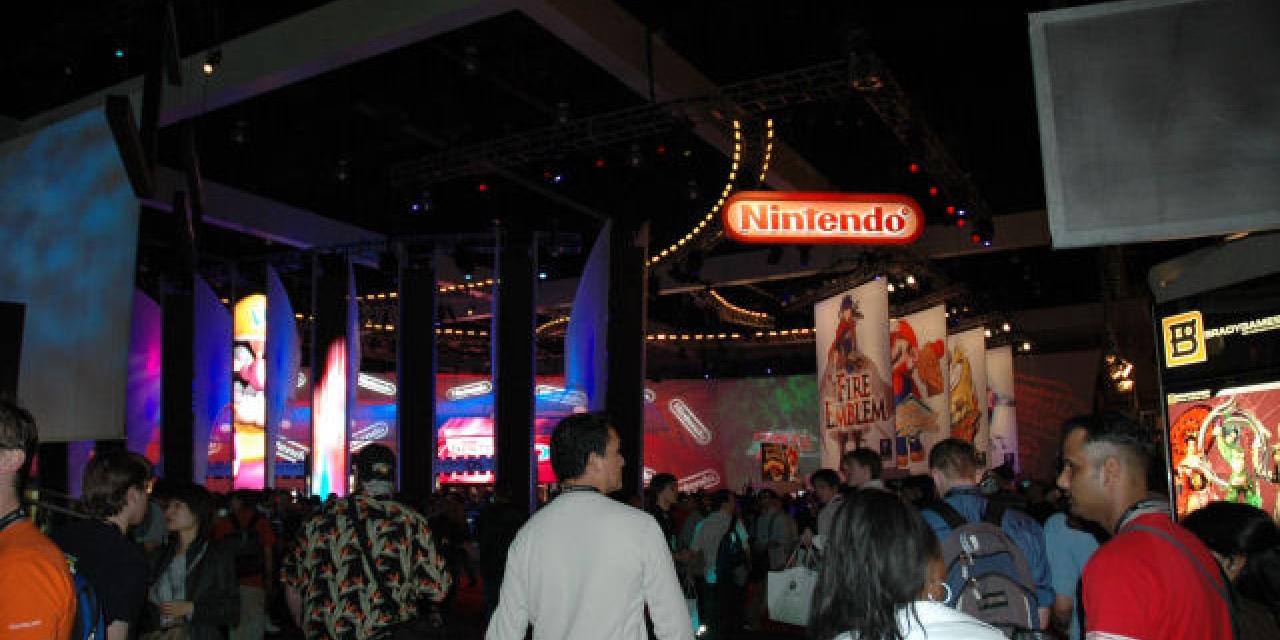
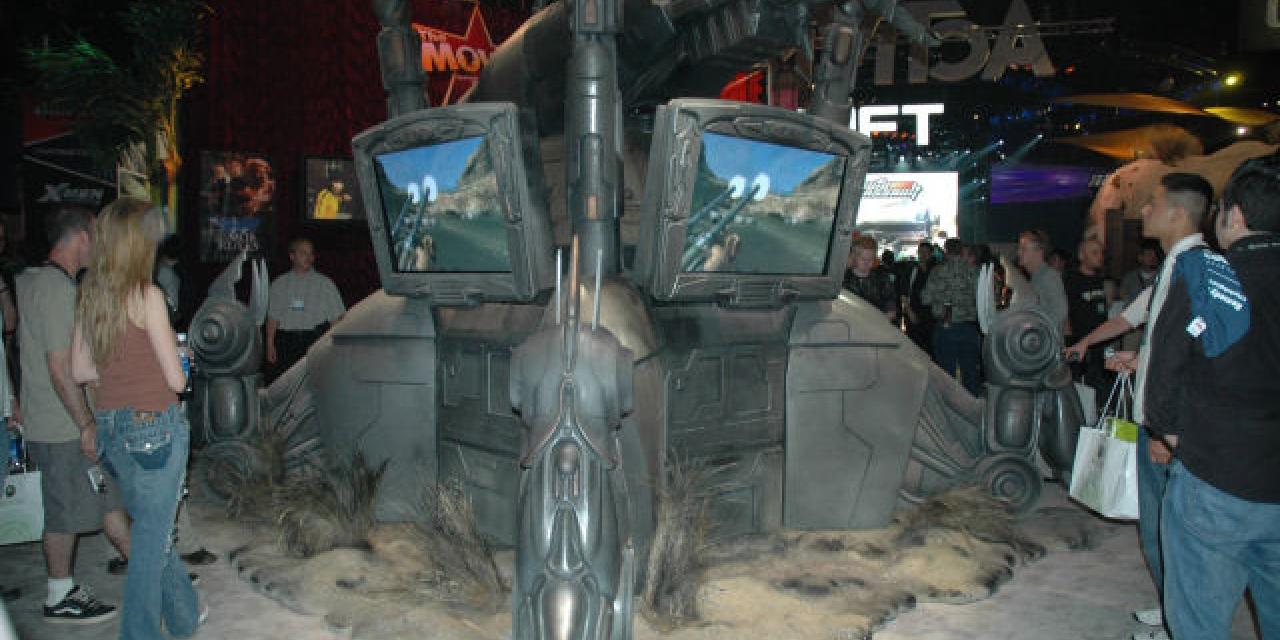



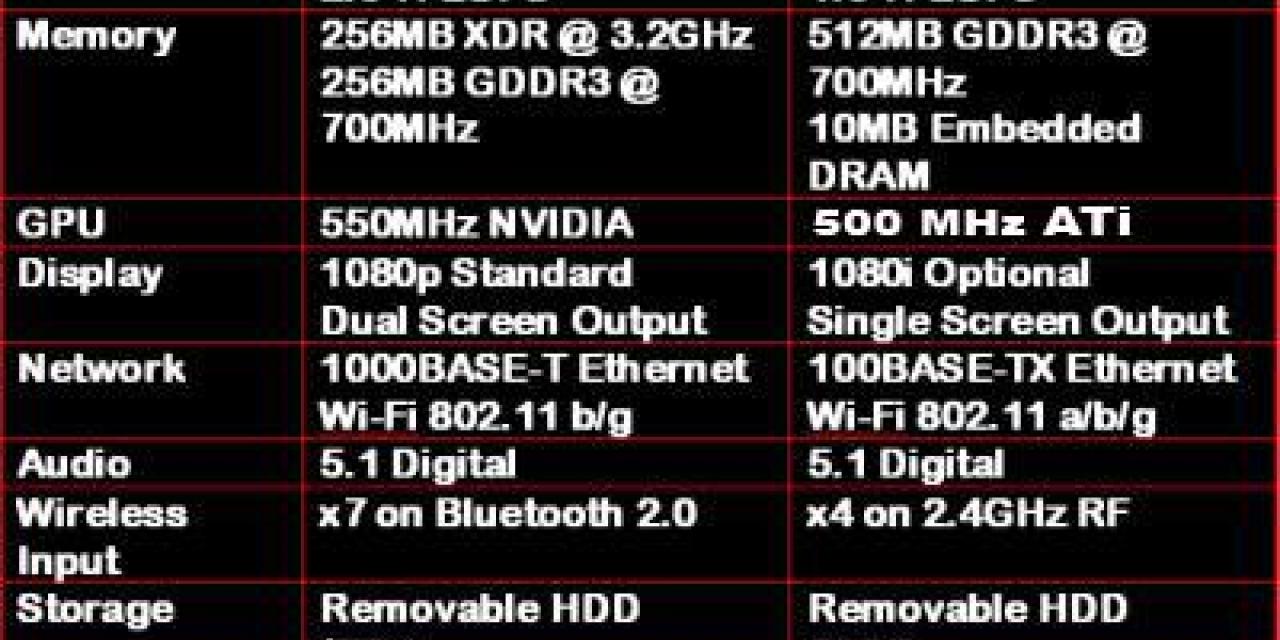


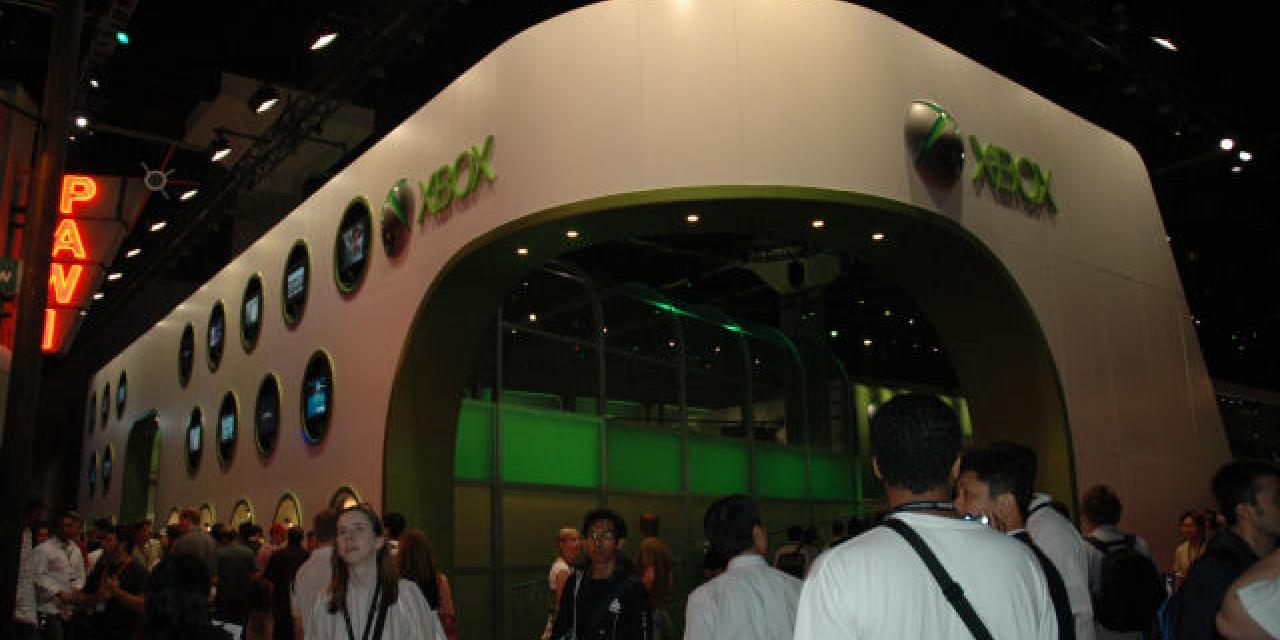
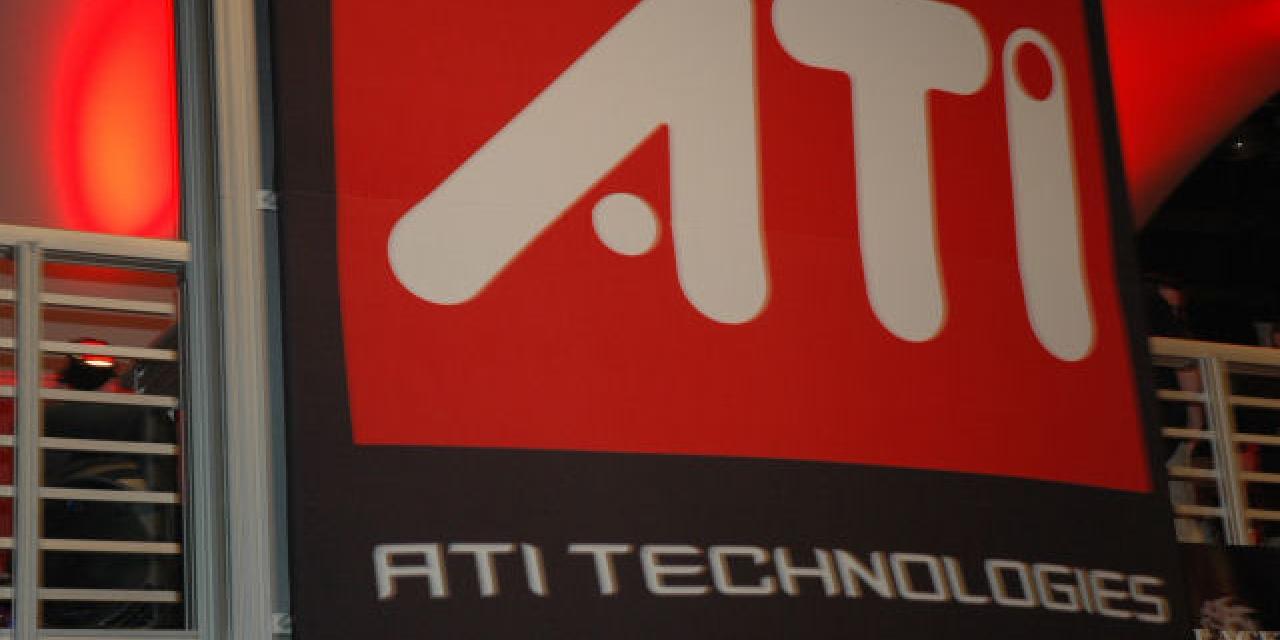




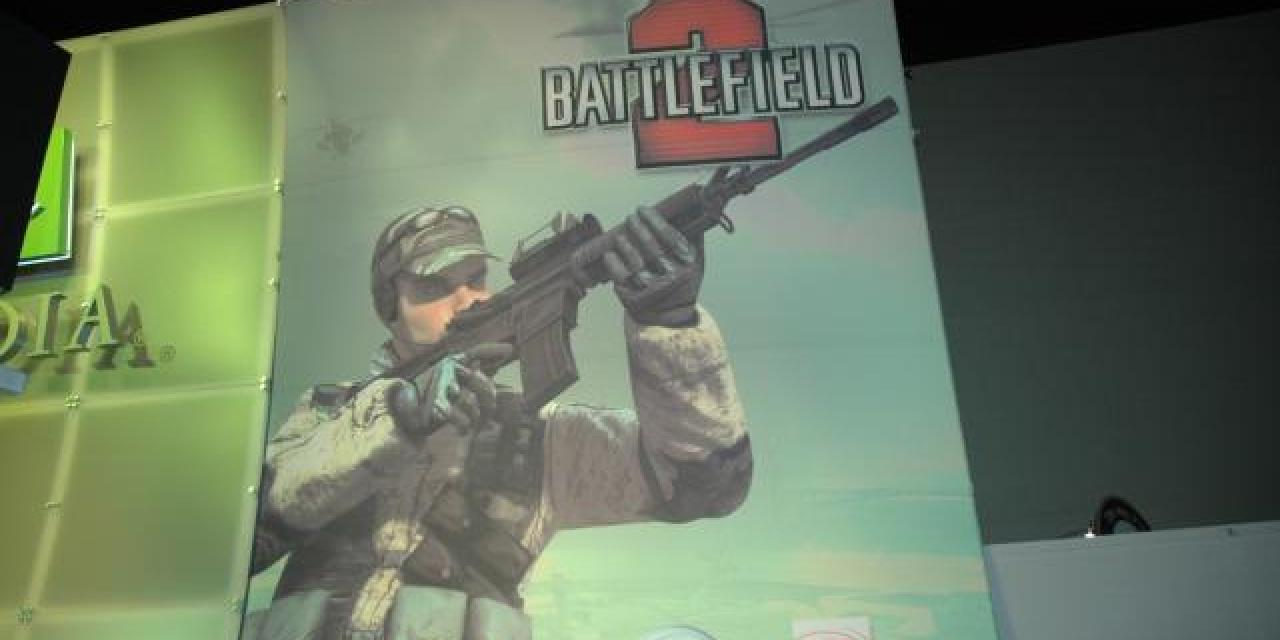





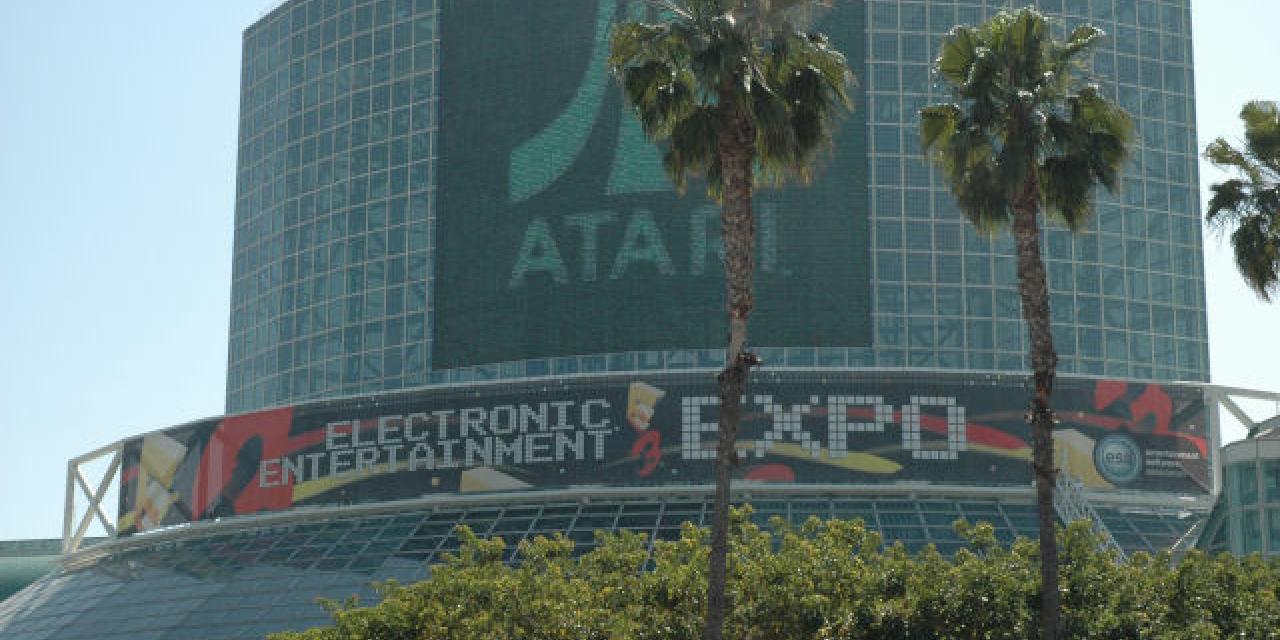
Advertised as the show to end PC gaming, E3 2005 fell short of doing that but some claim that in the battle for risk-free market dominance, exhibitors at the show may have damaged gaming in general.
This year E3 was all about excess, 540,000 sq ft of show floor spilling over to the Staples center meeting rooms, 70,000 plus visitors all trying to get a first glimpse at the over 1,000 new products launched during E3 and above them all three Titans, each trying to manipulate the entire event in his favor.
It is true that this year's E3 at the Los Angeles convention center was always going to be big. After all the industry was never worth USD 30 billion before and three different major consoles had never launched in one show. The scale however, was not easy to comprehend until your feet landed on the show floor. Endless queues for each promising new game, carrier bags full of pens, key-rings and all forms of trinkets thrown at you from all directions, it is a wonder that Surviving E3 the video game is not out already.
Facts and figures aside, the fact that E3 was big this year was positive for the industry and there was a lot there to suggest that gaming is moving to the big-time. Visitors where greeted by actors dressed in a variety of gaming-inspired costumes, props allowed gamers to interact with anything from Conan's throne to Zelda's sword and a variety of isolation booths were available (in the PSPs case an appropriate isolation bubble) for eager visitors to leave the noise of the show floor behind and experience a new game or device.
This year however, also showcased that while technologically the industry is moving in leaps and bounds, the marketing supporting it may be falling far behind the times. How else can we explain that although the booth babes were prettier than ever, they also looked more out of place than ever before or the fact that games which may attract a wider audience were not prominently displayed and aggressively marketed, with the unlikely exceptions of Nintendogs and possibly Spore. In fact a regular visitor to E3 would be hard-pressed to describe exactly how this show was different, everything was the same… just shinier.
The big deal of this year's E3 had to be the presentation of the next-generation of consoles by three financial behemoths. The exhibition was practically hijacked by Microsoft, Nintendo and Sony, all presenting their upcoming consoles to a wide-eyed public. Microsoft did use MTV to give its Xbox 360 a pre-show advantage, something which seems to be developing into an MS recurrent strategy, but E3 was the real platform from which the world discovered the console's details.
Overall it is clear that Sony's presentation was the most impressive, so much so in fact, that rumors of exaggeration were doing the rounds while the presentation was still going on; with 2 Teraflops my ass and Yes …but will it beat Kasparov being the exclamations of choice by a few attendees.
The MegaGames crew relaxing between press conferences.
Microsoft's show was the usual blend of high-fiving, tech-speak and creative enthusiasm which we have come to expect from the company. We are now convinced that in order to get a job at MS you have to belong to that rarest of breeds, the cool geek. Still the show was a competent presentation which did showcase the potential of the machine and offered a clear explanation of its creator's vision; a console-PC hybrid that will open an unholy portal between your pocket and a Microsoft bank account.
Nintendo was again the underdog, a role which doesn't really suit a company of its size and history. The presentation was low key, spanned all products including the GBA micro, was uninspired in many ways and relied, heavily, on the established franchises for some excitement. In fairness, Nintendo did not intend to provide much information regarding the specs of its console and seemed more interested in describing its size and orientation in space rather than any possible technical advantages it may have. On the plus side when a company of Nintendo's history tells you that its latest console will support its full library of titles you can't help but feel positive about its prospects.
The Full Specs
Any E3 2005 review could not miss the opportunity of providing the full list of specs for the PS3 and Xbox 360 as provided by the manufacturers. We should not have to remind you that these figures can always change depending on the mood of the manufacturers.
Where E3 really disappointed was on the games front. The disappointment had nothing to do with the quality of the featured games or their technical integrity; if anything the creation of games is rapidly improving as far as quality and developer capability is involved. What is missing however is the element of innovation, since what we did see looked like a stunning version of what we already knew. One visitor was heard exclaiming, …it's like the source version of every game is here… apparently referring to Valve's Counter-Strike and Half-Life revamp.
Doug Lowenstein, president of the US trade body, the Entertainment Software Association (ESA), probably described the situation best when he called for a radical rethink of the way games are being developed. Mr. Lowenstein was eager to dispel the myth that claims that the gaming industry is now bigger than Hollywood. In truth, the worldwide film industry stands at about $45 billion and the worldwide video game industry checks in at around $28 billion… he said and was quick to blame game developers and publishers for not coming up with products that hold true mass market appeal as do TV and movie producers.
The gaming industry is currently biggest with adult males of the 24-34 age range and judging by the titles showcased at E3 it is staying there. One of the most talked about games for example was Quake 4. Part of the excellent Quake series this next installment was touted as a power title for Microsoft's Xbox 360 console and is a shining example of how well-made, even artistic games don't necessarily guarantee innovation. The video shown at E3 for example, featured environments that were extremely similar to those in Doom 3 but improved on the audio and visual depiction of the mutilation of characters in the game, including superb sound effects of metal blades cutting through flesh and bone. For most current gamers there's nothing wrong with that and we agree but the success of games such as Quake has spawned an endless cascade of similarly themed titles. Even Lara Croft, who had a makeover to attend E3, relies on violence, as will Joanna Dark and both ladies will appear in sequels and so on and so forth.
The main market segment ostracized by the industry, in its fear of losing its current market share are young girls and women. According to Mr. Lowenstein, we need a cultural shift so that young girls and women feel that playing games is not a testosterone monopolised hobby reserved for their boyfriends and husbands. A quick look at the E3 show floor would confirm that the exhibition was not meant to make women comfortable. Booth babes, scantily clad actresses portraying trophy game-damsels and aggressive males engaged in sport and/or violence were commonplace sights at the LA convention center last week.
At first glance it would seem that Microsoft may be reaching out to the female of the species since it has used a female gaming clan PMS to promote its Xbox 360 multiplayer capabilities. A more thorough look however, suggests that the use of female gamers is being used to attract more males to the Xbox Live service since the titles announced for the console continue to target male gamers.
One problem is the way industry measures and perceives games sales. Since GTA: San Andreas was the best selling game of 2004 in the U.S. it is immediately assumed that violence sells. What people don't actually pay attention to is the fact that only 16 per cent of all the games sold last year, were rated mature. The majority, 53 per cent were suitable for all ages, and 30 per cent were for teens.
One notable exception was the new title by Will Wright, creator of the popular Sims franchise. Spores will let players decide how an organism will evolve, from amoeba to an inter-stellar race. The multiplayer aspect of the game also seems interesting with gamers populating a virtual universe with their creations. We will unfortunately have to wait until fall 2006 until we can figure out if Spores will carry the same universal appeal that The Sims did.
The biggest E3 ever has shut its doors and has left us all with a strange taste in our mouths. We saw technological marvels presented for our gaming pleasure and have been promised Teraflops of power in order to accommodate our hunger for cinematic gaming; but we are not quite certain if it is our own hunger and not an impostor created by the industry itself. Ask any gamer and you'll get an almost unanimous claim that they are after good games; it is unlikely that even one will ask for High Definition gaming or an extra Teraflop to play with, it is also certain that no one beg for more floating points unless they can be shot at or otherwise manipulated within a game. What we all need then is the promise of engaging games that may well utilize new technology but only if that means that they will offer an improved gaming experience.
So what E3 has clearly demonstrated is that although the end of PC gaming may well be near, it will not come as a result of the choice of gamers but as a side-effect of the need of console manufacturers to secure exclusives and to stop PC owners from having a viable gaming alternative. Since most developers make console and PC games, this is a possible outcome of the console craze but although it may at first lead to a lack of interesting titles it could well open up the PC for independent developers with original ideas and the need for an audience.
What no one can deny is that things are about to get interesting.








